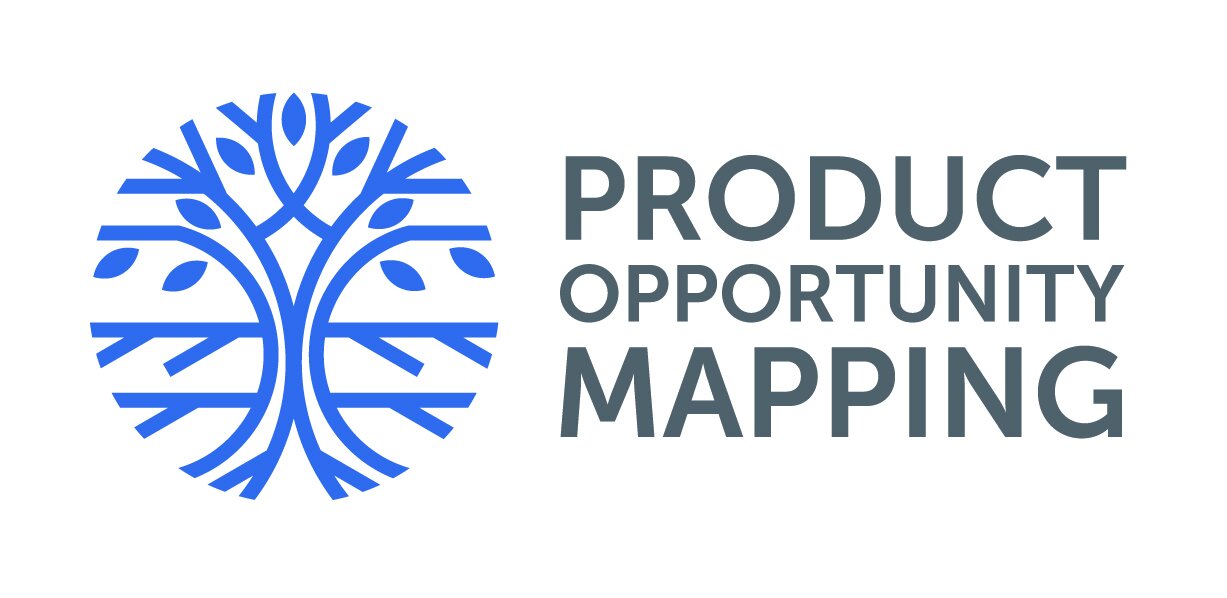Connecting the Dots: Problem Space vs. Solution Space
Summer has always been a good time for me to connect the dots and identify recurring patterns when working with customers who are developing new products. One of those recent pattern matching exercises led to the need for the understanding the difference between the “problem space” and the “solution space”.
For me, developing new products is the notion of creating “something out of nothing” as I find it remarkable that someone can translate an idea floating around in their head into something real that solves problems and creates value for a customer.
It’s exciting as you can think through how your newly envisioned product could change person’s life or how a business operates. Your mind wanders and then accelerates as you start thinking about what it will look like, it’s amazing features and the marketing campaign that will get it into the hands of customers.
This is a natural and logical thought process but it is also one of the biggest reasons why new products fail.
Research shows that majority of newly launched products either fail completely or fail to meet the expectations set for them and one of the biggest reasons why is that they get built looking for a problem to solve. That is, you build something that nobody wants.
I see this over and over as many of the client teams I work with want to jump right to the product solution before thinking through and understanding the problem they want their product to solve.
They are all eager to leap to the end-game: business people and senior executives want to focus on generating revenue and profit; technologists and programmers have a delivery mindset; and entrepreneurs want to build something as soon as possible.
This is what is called focusing on the “solution space”.
Instead, before thinking about the solution space, the focus first needs to be on the “problem space”.
Before even thinking about design, features and a market launch, a product team needs to systematically think through and understand the customer’s problem that their new product will solve.
Being in the problem space means digging into your customer’s “job-to-be-done”, the markets you are targeting, the competition and what value propositions you can bring to the table.
It also means investigating and understanding your potential customer’s unmet or under-served needs (and why they are not being met now), what pain points can be relieved or what gains can be created.
This is where the best new and most valuable product ideas come from and the knowledge of these will have a huge impact on how a product is designed and built and where to invest resources.
While we will have a fuzzy notion of what’s in the problem space, the path of least resistance is to gravitate towards the solution space. This is a mistake - resist the urge. Talk to customers as early as possible and develop a deep understanding of their problems first. Only then think about the amazing product solution you will build.

